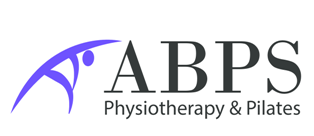It is likely that during this period of isolation you are contemplating the forms of physical exercise available to you. If your exercise of choice is running like many others, whether you are a recreational, amateur or professional runner it is likely that at some point, you have suffered an injury or experienced some sort of running related pain.
Why is it that something so natural such as running is causing so many people so much discomfort? Why is it that running pain is becoming more and more prevalent in todays’ population? And finally. how do you prepare for it?
One of the logical reasons to this conundrum, is likely to be our change in lifestyle. We no longer have to hunt and chase after animals to eat, or travel miles to survive harsh environmental conditions. Many of us have ditched our natural movement patterns and active lifestyle for a more sedentary lifestyle (because we can!). Whether you spend all your time sat at a desk, in the car or on a sofa at home, it is likely you are subjecting yourself to abnormal biomechanics, which is slowly making running a not-so-natural movement.
Being creatures of habit, our bodies naturally adapt to the positions we spend the most time in as well as the movements we perform throughout the day. Therefore, if you are spending a lot of time sitting at work or whilst travelling, it is likely that without the appropriate preparation you will suffer some discomfort, pain or an injury due to the fact that your body has not been prepared adequately to do so! So how do we avoid pain?
Preparation is key! Incorporate a daily routine of stretches, mobility and strengthening exercises functional to running and to combat the effects of sitting down (very often with poor posture!). This enables you to transition from the posture you are currently in, to the posture and range required of your body when you run. This is normally performed as a warmup routine prior to the run and a cooldown routine post run. However, this combination is not exclusive! You may find that performing exercises first thing in the morning, or last thing before bed also better prepare you for the day ahead.
USE THIS TIME TO EXPERIMENT AND FIND WHAT WORKS FOR YOU!
Below are examples of some mobility exercises that will help you prepare for running:
Hip Flexor Stretch Calf Stretch
Should you wish to have any further injury or training related advice, or a personally tailored exercise program please get in touch! Matthew Zammit is your guy!
www.ABPhysioS.com
